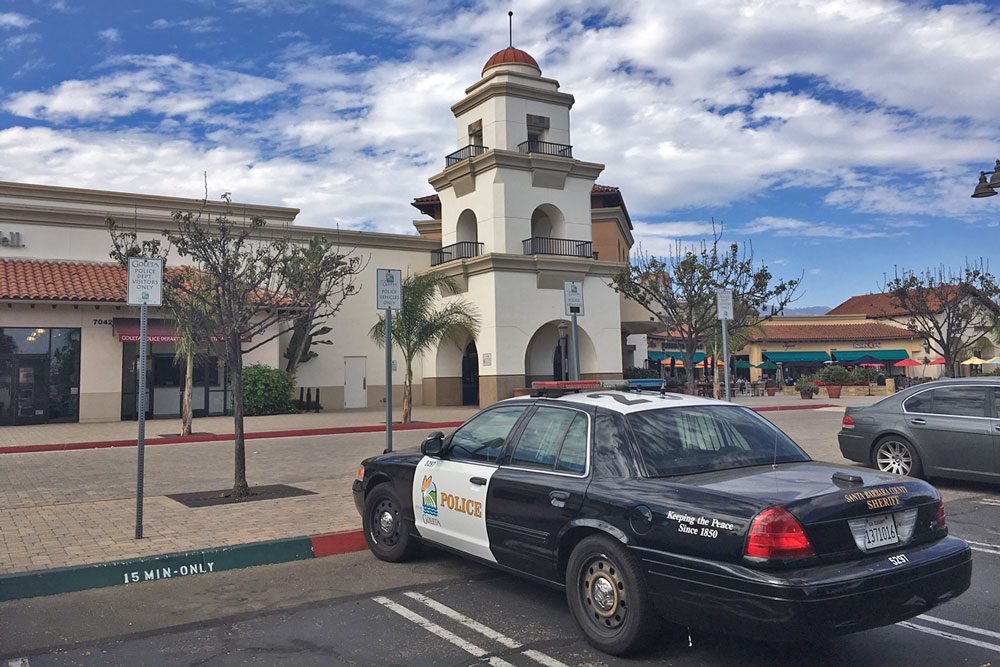By Janene Scully
Noozhawk North County Editor
A growing number of valley fever cases in Santa Barbara County does not appear to be related to the Thomas Fire or Montecito debris flows, according to the Santa Barbara County Public Health Department.
But the reason for the increase, especially in the North County, remains a mystery, and may be related to the heavy rains following the drought since similar increases have been seen throughout the state.
“We don’t really know the cause of the increase, but the increase matches an increase in California, which leads us to believe that this is not related to the disasters that we’ve recently had,” Susan Klein-Rothschild, deputy director of the Public Health Department, said in May.
Valley fever, also known as coccidioidomycosis or “cocci”, is caused by inhaling spores of a fungus known to exist in soil in the southwestern United States, particularly California and Arizona.
People breathe in spores present in dust that gets into the air when it is windy or when soil is disturbed, such as during dirt moving associated with construction.
Most infected people do not show signs of illness. Those who do become ill may have symptoms similar to other illnesses, including influenza or pneumonia, so valley fever is not always recognized.
In rare cases, people can develop more severe disease such as infection of the brain, joints, bone, skin, or other organs.
County public health investigators reviewed data from 56 patients, none of whom were firefighters. One did work on the Thomas Fire as a first responder.
Most of the patients live in North County, which saw 47, or 85 percent, of the cases in the 27-month period reviewed.
The central section of the county logged five cases, or 9 percent, with only four cases, or 7 percent, living on the South Coast.
Two of the South Coast cases involve residents who had traveled to areas where valley fever commonly occurs.
A boost in the disease appears on par with statewide increases since 2015, a hike state health officials say is not completely understood but likely related to heavy rains that fell after the California drought.
In California, from January through April this year, the state recorded 2,948 cases compared to 1,105 in 2017 and 897 a year earlier, according to a tally of suspect, probable, and confirmed cases.
“With an increase in reported valley fever cases, it is important that people living, working, and travelling in California are aware of its symptoms, especially in the southern San Joaquin Valley and the Central Coast, where it is most common,” Dr. Karen Smith, California Department of Public Health director and state public health officer, said last fall.
“In these areas, anyone who develops flu-like symptoms, such as cough, fever, or difficulty breathing, lasting two weeks or more, should ask their health care provider about Valley Fever.”
For Santa Barbara County during the first four months of 2018, 47 cases were identified compared to eight and six for the same time in two previous years, the state website said.
In San Luis Obispo County, 132 cases for the first four months of the year were more than the 33 and 25 seen in 2017 and 2016, respectively.
Ventura County saw 107 through April 30, compared to 24 and 5 in prior years.
The state’s top county for valley fever was Kern with 1,009 cases, compared to 264 and 253.
In February, the county Public Health Department became aware of concerns within the local health-care community of a potential link between increases in valley fever cases and the Thomas Fire and Jan. 9 debris flows.
Data was reviewed from January 2016 through March 2018 on the numbers of valley fever cases reported in the county and statewide.
“That’s really kind of a core public health function,” Klein-Rothschild said. “That’s exactly what we do. People go to their individual doctors to get their treatment.”
Public health workers look at trends of diseases and what might be causing increases, she added.
“Our ultimate goal is prevention — preventing people from getting ill.”
Noozhawk North County editor Janene Scully can be reached at jscully@noozhawk.com.





